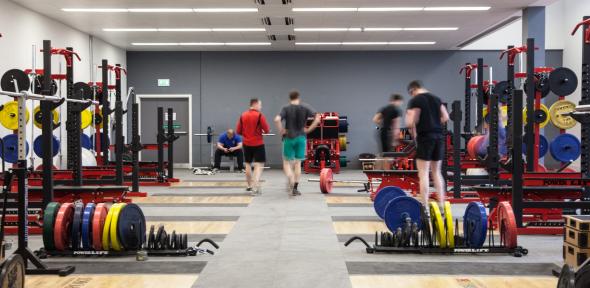
14 Oct Periodisation in Sport – By Ben Smalley MSc
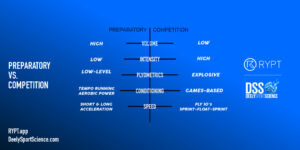
Periodisation in Sport – by Ben Smalley MSc
What is periodisation –
”Training plan pursuing peak performance via the potentiation of bio-motors and the management of fatigue and accommodation” (Turner et al, 2011)
When prescribing training cycles into your athletes programme, these can be broken down into long and short periods of time. These include:
Macrocycle – typically a yearly cycle, however this will be dependent on the sport. E.G an Olympic cycle may be 4 years long. This is where you may lay out and structure the varying training emphasis across an entire season.
Mesocycle – typically a monthly cycle, this is where you may switch your emphasis of training on a month to month basis.
Micro-cycle – typically a weekly cycle, allowing you to structure your emphasis on a day to day basis.
For example – when working within team sport you may lay out a general macro cycle (entire season) entailing the pre-season, in-season, post-season and off-season periods. You may then structure these mesocycles (the months within the pre/in/post/off-season). Within these phases, emphasis of varying bio-motors may differ. Lastly, the coach will then structure his/her micro cycle to position particular training sessions on relevant days, to ensure the most optimal training effect but also preparedness for the weekend’s fixture. Check out our latest blog on ‘tapering’.
A few examples of some traditional micro cycles found within soccer can be found below:
![]()
![]()
![]()
![]()
Within team sport you are most likely going to adopt a non-traditional/non-linear model. This approach encompasses training a range of volume loads and physical qualities simultaneously (Turner, 2011) and in case of scheduling conflicts, workouts within the micro-cycle can be adjusted when appropriate (Haff, 2004).
When moving from preparatory/pre-season phases to competition/in-season phases within team sports, it is important to follow particular progressions surrounding exercise intensity and complexity. The training programme should move from high to low volumes and low to high intensities. This allows the athletes to build a work capacity before moving into intense, more specific actions within competition.
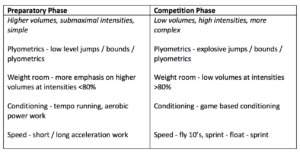
These progressions should ultimately be followed through conditioning, speed, change of direction (COD), strength and power work. Conditioning, speed and COD/agility training should systematically progress running speeds, intensities and complexity encompassing their development alongside technical practices, small sided games and large sided games. This can successfully stimulate a range of aerobic and anaerobic adaptations whilst gradually progressing the mechanical, metabolic and neurological cost of workloads (Ross, Leveritt and Riek, 2001; Hegyi et al, 2019). The in-season schedule can then build upon this pre-season preparation, ensuring optimal readiness for competition. This progression simply allows the appropriate stimulus to the athlete’s muscles/tendons and ‘prepares’ the system for the higher intensity work later in the programme.
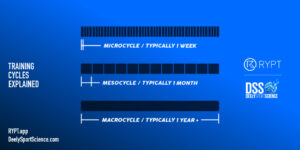
References –
Haff G., 2004. Roundtable discussion: Periodization of training—Part 1. Strength Cond J 26: 50–69.
Heygi, A., Goncalves, M., Finni, T. and Cronin, N., 2019. Individual Region- and Muscle-specific Hamstring Activity at Different Running Speeds. Medicine & Science in Sports & Exercise, 51(11), pp.2274-2285.
Ross, A., Leveritt, M. and Riek, S., 2001. Neural Influences on Sprint Running. Sports Medicine, 31(6), pp.409-425.
Turner, A., 2011. The Science and Practice of Periodization: A Brief Review. Strength and Conditioning Journal, 33(1), pp.34-46.

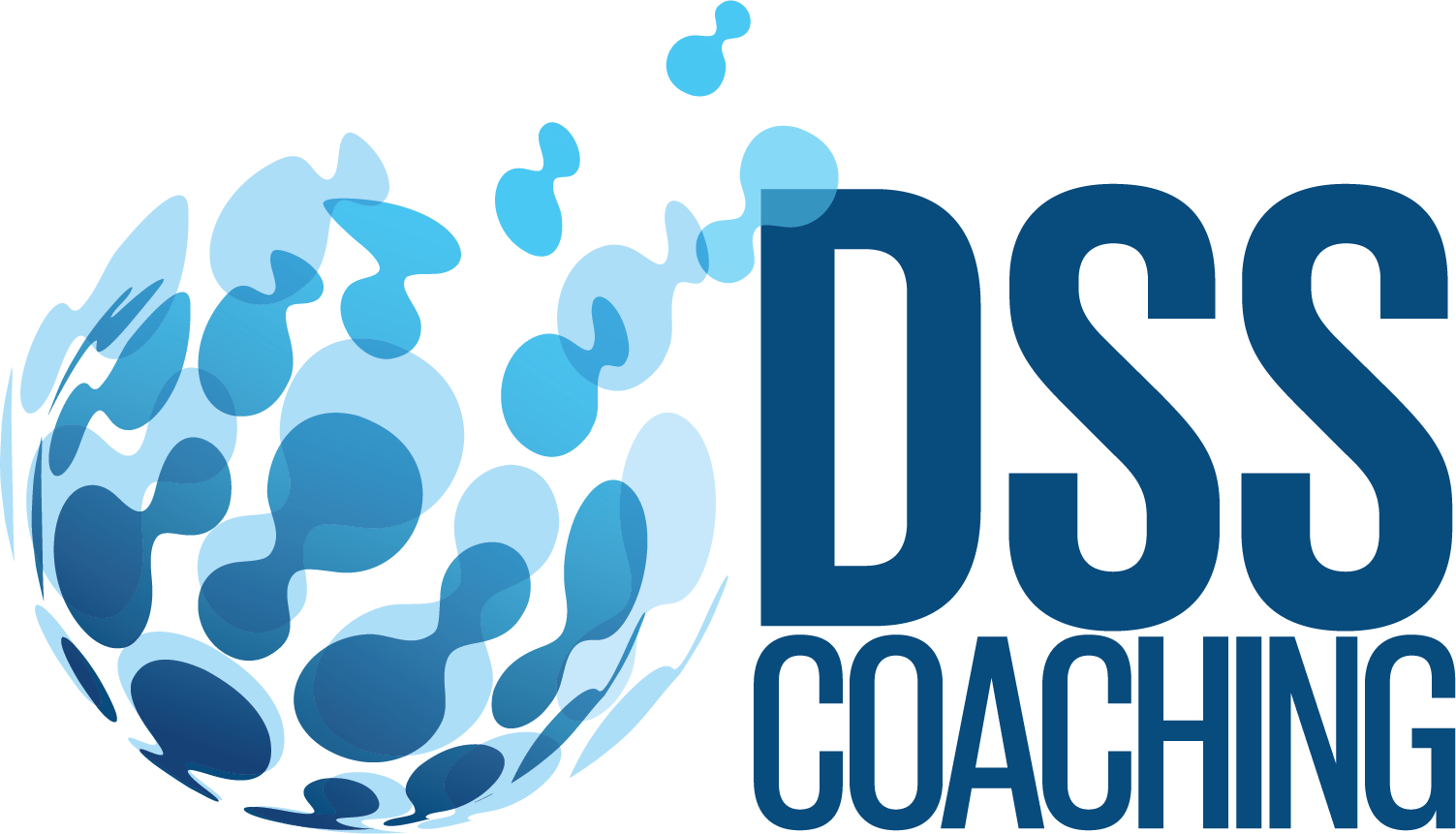

No Comments